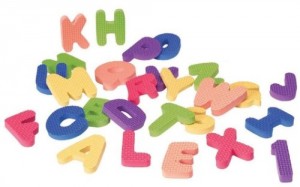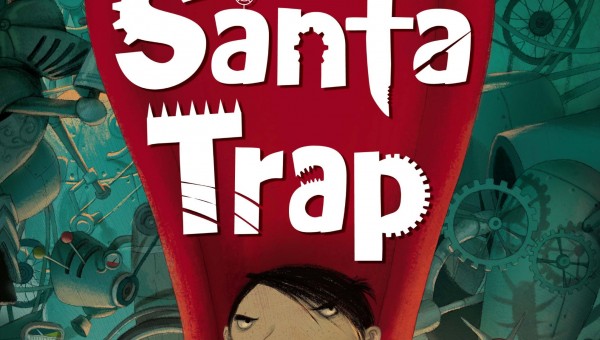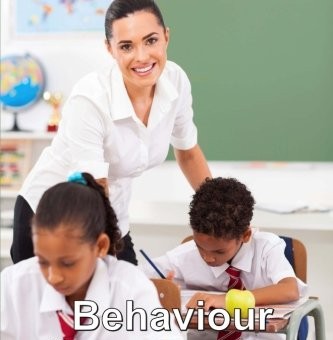As a former English teacher, one thing I can tell you is that early readers do much better at school. They understand their books better, have superior writing skills, can express their ideas more articulately and they have a wider understanding of the world than non-readers. In addition, they enjoy learning, are highly motivated and are a step ahead of the class from day one.
But how do you get your kids reading early? Well, here are some helpful tips for you to try that have been proven to work.
1) Use foam bath letters
 Foam bath letters are a great way to teach the alphabet and to learn the spelling of simple words. We used with our daughters from about 12 months old and within 6 months they could arrange the entire alphabet and write their name.
Foam bath letters are a great way to teach the alphabet and to learn the spelling of simple words. We used with our daughters from about 12 months old and within 6 months they could arrange the entire alphabet and write their name.
The best way to start is to let them play with the letters, but each time they pick one up, tell them what letter it is and the sound it makes. After this, begin to ask them to find letters. Once they can do this, the next stage is to sequence the letters on the side of the bath. It’s a fun way to learn and children really enjoy taking part.
![]() Cuckoo Alex Rub A Dub ABC And 123 Shapes For The Tub
Cuckoo Alex Rub A Dub ABC And 123 Shapes For The Tub
![]() Alex Toys Shapes For The Tub – Abc & 123
Alex Toys Shapes For The Tub – Abc & 123
2) Reading with your kids
If you want to encourage early reading, it’s important to read with rather than read to your kids. To do this, make sure your child can see the book and trace the words with your fingers as you read out aloud. Although they won’t understand the words at first, they will begin to realize that the sounds are linked with the marks on the page and that you read from left to right and from top to bottom. Both of these are essential things to grasp before children can learn to read.
Once your child has learned a few letters, you can get them to spot them as you read. ‘Can you find the b?’
Another helpful hint is to use colourful books with lift up flaps or textured illustrations. These increase children’s pleasure and fascination with the books and help motivate them to read. As you read, remember to ask questions or get them to interact with the story. ‘What’s under the flap?’ ‘Can you find the rabbit?’ ‘What letter does that word begin with?’
3) Join the library
A library is like an Aladdin’s cave for young children learning to read. Let them go and explore, open books, look at pictures and find books for you to read with them. If you can, don’t just take the books home, read them in the library too. It then becomes a world of adventures.Joining a library will also give you a better idea of what to buy for your home collection too.
4) Choose the right books
There are countless children’s books available and choosing the right ones for your child can often seem an improbable task. However, here is a list of some things to look for:
- colourful picture books
- interactive designs
- rhyming stories
- phonics stories
- relatively easy vocabulary (gradually getting more challenging)
- good stories (this is a personal opinion)
- books which tell a story in a few hundred words
For more ideas read our article Great Books for Early Readers
The more your child enjoys stories and books the sooner they will want to be able to read them for themselves. If they love one particular story more than others and keep asking you to read it, you may eventually find they know the opening off by heart. This is a great opportunity for you to ask them to read it to you. They won’t actually be able to read at first, but if they know they words and you point at the written word whilst they say it, they will soon associate the two, and this is one of the first steps to real reading.
5) Book talk
Talking about books goes a long way to develop kids’ reading. Asking questions helps them understand the book and lets you know how well they are learning the stories. You can ask them about their favourite characters, what they think will happen on the next page, whether they like or dislike what has just happened. You can get them to tell their own stories based on the books you have read. All this will help develop an interest in books and learning and keep your child wanting to read.
6) Get to grips with phonics
Read our article about how to use phonics to help your kids start reading and find out how teachers do it.
Here’s some more tips:




